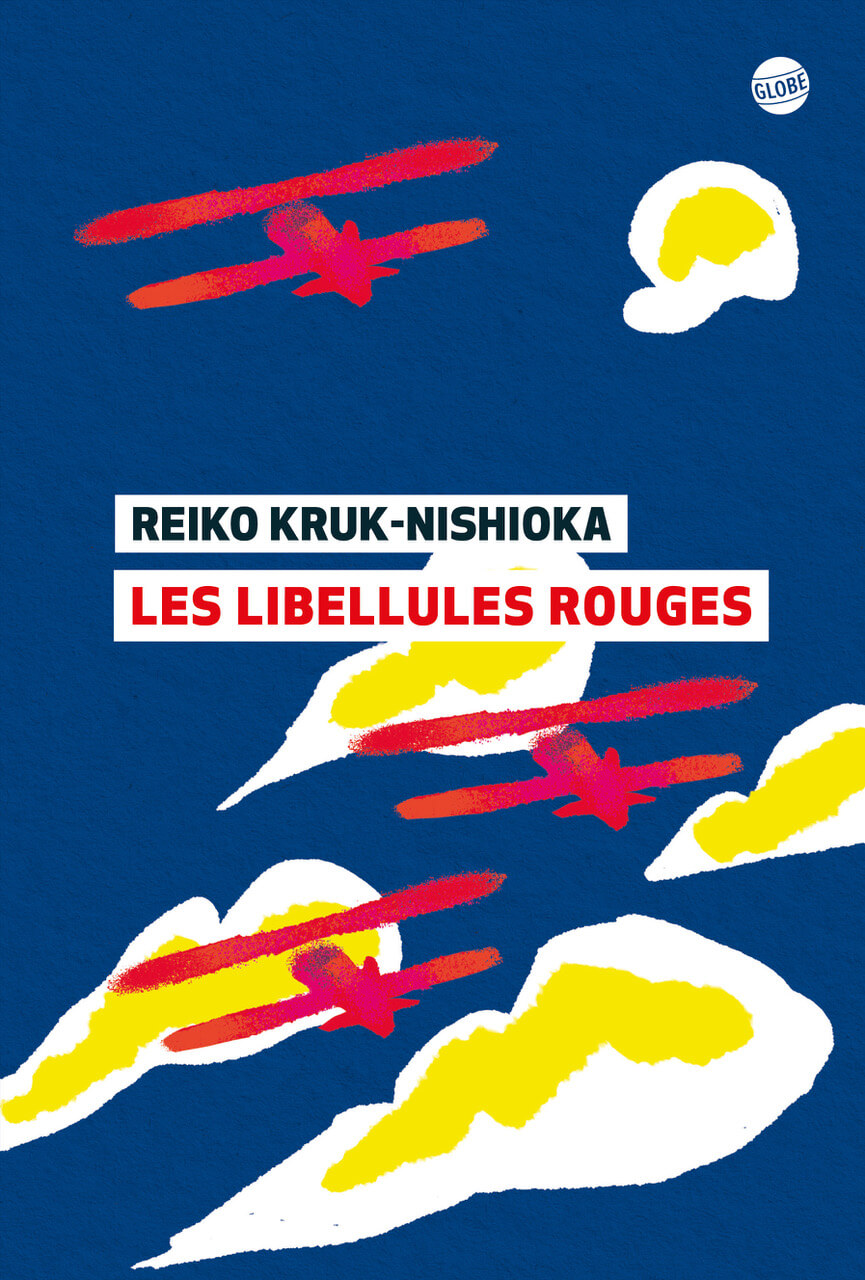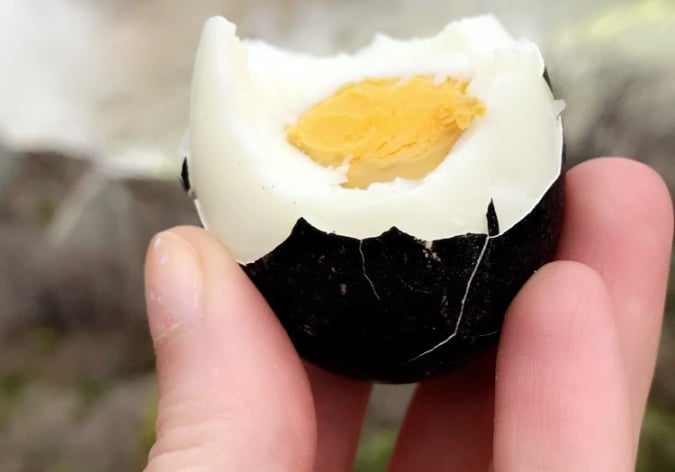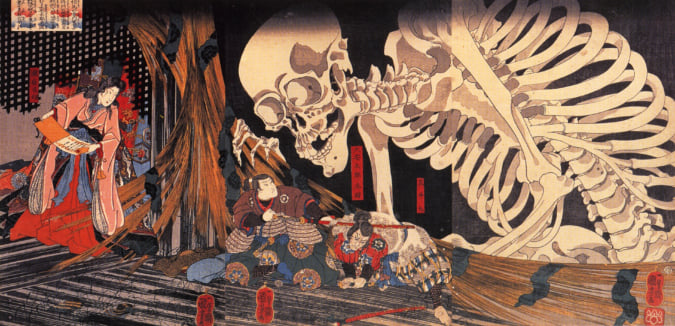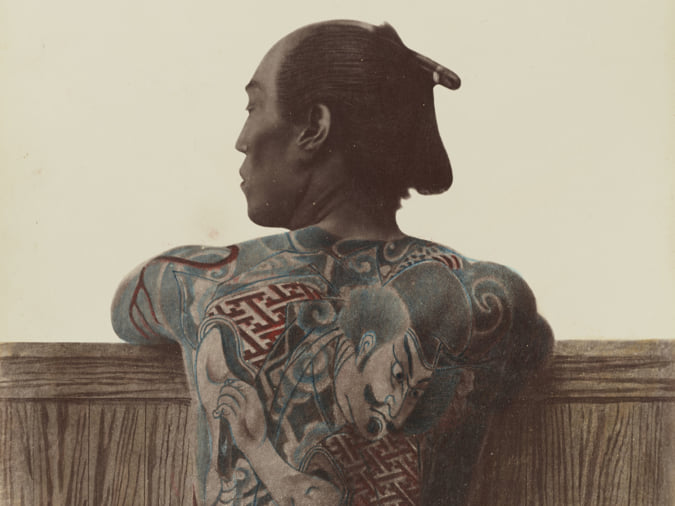‘Red Dragonflies’, an Account Told through the Eyes of a Child
In this novel, Reiko Kruk-Nishioka draws on her childhood memories marked by the explosion of the atomic bomb over Nagasaki.

© Éditions Globe
Just as the name of the heroine in Les libellules rouges (‘Red Dragonflies’) is just one letter different from that of the author, Reiko Kruk-Nishioka’s text is anchored in her childhood memories, combined with a touch of fiction. This is, no doubt, a way for the writer to recount the inexpressible, to linger on sensations, emotions, and experiences, without having to adhere strictly to the almost scientific deciphering of the course of history.
Like her, Keiko is 10 years old in August 1945. Passionate about aviation, she regularly goes to the flying school in her town, located around twenty kilometres from Nagasaki, to watch the planes, but also to observe the future pilots training onboard red canvas biplanes, nicknamed ‘red dragonflies.’ However, war breaks out, and the pacifist pilots turn into fighters and American soldiers soon take the place of the Japanese aviators.
Long unanswered questions
This text, related through a child’s eyes, tells of life in summer 1945 from a perspective that is sometimes candid, other times piercingly sharp, but always free from judgement, exclusively with questions that have the strength of childlike credulity. What is this explosion that occurs on 9 August 1945? What about this dusty-looking cloud? The 10-year-old child and those close to her do not yet have the answers as they are caught up in the events, which is not the case for 21st-century readers who know of what this explosion comprised.
Interspersed with images drawn by the author, a specialist in special effects make-up for film, Les libellules rouges is a poignant novel about the war and its catastrophes. It is followed by an interview with Daijo Ota, one of the last surviving pilots. Thus, the reading experience continues, but this time against a backdrop of reality.
Les Libellules rouges (‘Red Dragonflies’) (2020), a novel by Reiko Kruk-Nishioka, is published by Editions Globe (not currently available in English).
TRENDING
-
The Tradition of the Black Eggs of Mount Hakone
In the volcanic valley of Owakudani, curious looking black eggs with beneficial properties are cooked in the sulphurous waters.

-
Gashadokuro, the Legend of the Starving Skeleton
This mythical creature, with a thirst for blood and revenge, has been a fearsome presence in Japanese popular culture for centuries.

-
The Tattoos that Marked the Criminals of the Edo Period
Traditional tattoos were strong signifiers; murderers had head tattoos, while theft might result in an arm tattoo.

-
Colour Photos of Yakuza Tattoos from the Meiji Period
19th-century photographs have captured the usually hidden tattoos that covered the bodies of the members of Japanese organised crime gangs.

-
‘YUGEN’ at Art Fair Tokyo: Illumination through Obscurity
In this exhibition curated by Tara Londi, eight international artists gave their rendition of the fundamental Japanese aesthetic concept.





